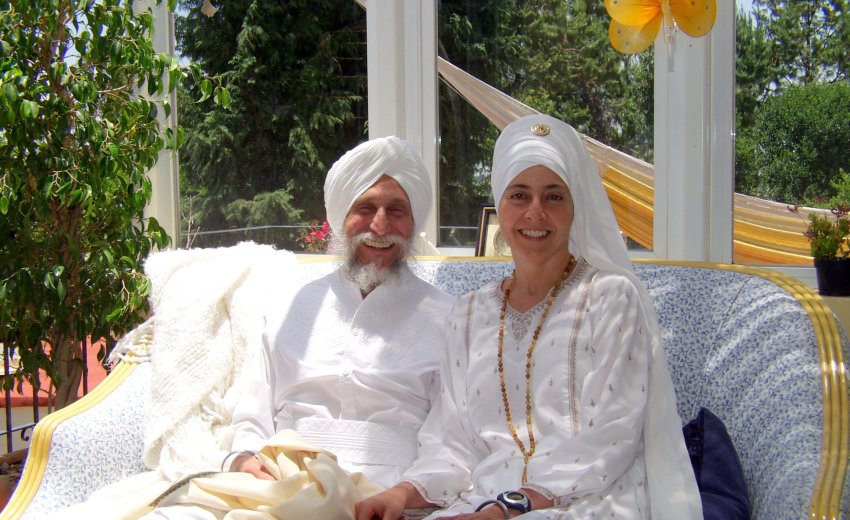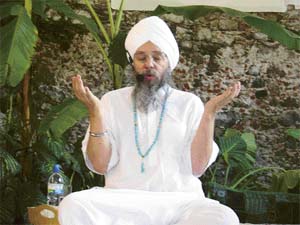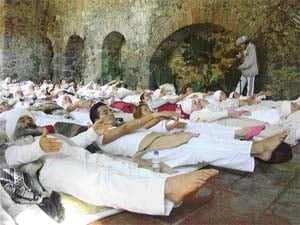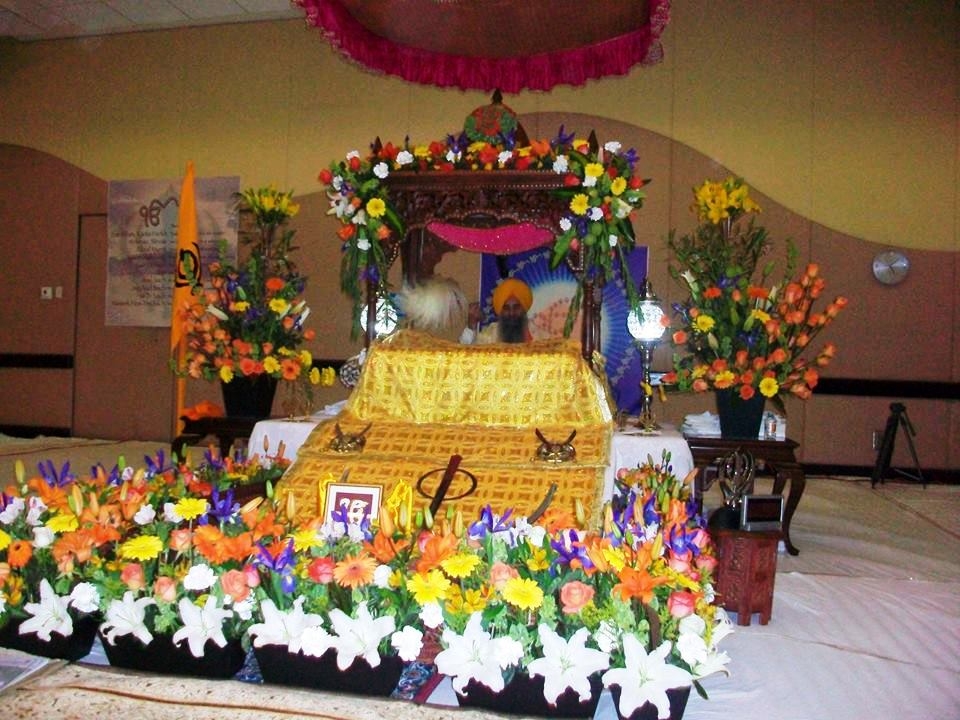I also don't think folks are aware that Sikhs, like any other group, are diverse. While most Sikhs are ethnically Punjabi, we also have Black, Latinx, East Asian, and white Sikhs. Brazilian Sikhs, Jamaican Sikhs, Mexican Sikhs, and so on and so forth. And yes to the point below. https://t.co/VjmqfeKIFj
— Jo Kaur (@SikhFeminist) January 6, 2018
Vaisakhi, one of the most important religious days for Sikhs, celebrates the mark of the start of the Punjabi New Year and the birth of Sikhism in 1699. It has been celebrated by Sikhs in Mexico, many of whom are ethnic Punjabis but reside in Mexico. There is also a strong number of Mexicans who were born Catholic that converted to Sikhism and aid in the celebrations and prayers. Source: https://www.youtube.com/watch?v=94S_dnocxxE
Prayers are recited in both English and Spanish while Sikhs distribute free food, Prashad (sweet holy food), and prepare to move the Guru Granth, the holy book of Sikhism, onto a float for the Vaisakhi day parade in Mexico City.
The religious processions continue and the parade moves through Mexico City while at the end closing remarks are delivered in Spanish.
Ikjot Kaur described to me how she firsthand saw tens of conversions of Catholic Mexicans to Sikhism under the influence of yoga. One of the pioneers of bringing Sikhism to Mexico among other areas was Yogi Bhajan, featured below shaking hands with Pope Jon Paul II.

Source: Sikhhnet.com, put pulled from Pinterest.
Yogi Bhajan inspired many people, including former New Mexico governor Bill Richardson, as well as Babaji Singh, who was born in Mexico City, raised a Catholic, and finished his studies at a Jesuit University, Universidad Iberoamericana. Babaji converted to Sikhism, became a preacher in Mexico City, and translated the Guru Granth Sahib into Spanish, which took him nearly 30 years. Below is Babaji with his wife, Amrit Kaur.


Above is Jai Hari Singh, a French national who changed his name from Francois Valuet after he learned yoga from Yogi Bhajan, which has led him to live in Mexico City and teach yoga for over thirty years. There are approximately 50 yoga centers in Mexico City where numerous people have converted to Sikhism, predominantly from Catholicism. Jai Hari also married a Mexican woman who converted to Sikhism, Jai Hari Kaur, whose original name was Blanca Rosa Hernandez.

Sikhs practice yoga and meditations at a yoga center in Mexico City.
The process of conversion to Sikhism is not easy for Mexican Catholics who may have to explain their decision to family and gradually change their lifestyles to adopt to Sikh ways of life. Amrit Singh, a Mexican man who converted to Sikhism, describes his own experience and the process of converting to Sikhism:
“They [Mexicans] don’t convert to Sikhism just like that; it is a slow process. In the first phase, some people become vegetarians. They start reciting the Gurbani but don’t wear turban or grow beards. Some people slowly stop cutting their hair and wear turbans. Some people can take up to 10 years in this process, while some change quickly.”
Jai Hari offers an explanation for why he thinks Mexicans have developed such an affinity for Sikhism: “Mexicans and Indians are culturally similar. Both eat roti, both eat hot sauce and chilly. Mexico is an openhearted country whose people are very devotional.” India’s former ambassador to Mexico, once said that out of the roughly 150 Indian families in Mexico, a majority are Sikhs, adding that many continue to convert to Sikhism.

Gurdwara Tecamachalco (Sikh Center Mexico) in Distrito Federal, Mexico City. it is the only Sikh temple in Mexico City.
#Mexico If anyone needs shelter, food, Sikh houses of worship in the the city are open for all. Stay safe. #EarthquakeMexico #mexicocity pic.twitter.com/VnjaVpIhdK
— Amandeep Singh (@journoaman) September 19, 2017